Tour of Flanders officials ready to disqualify riders using sidewalks
Team managers say barriers are needed – not unrealistic and unenforced rules
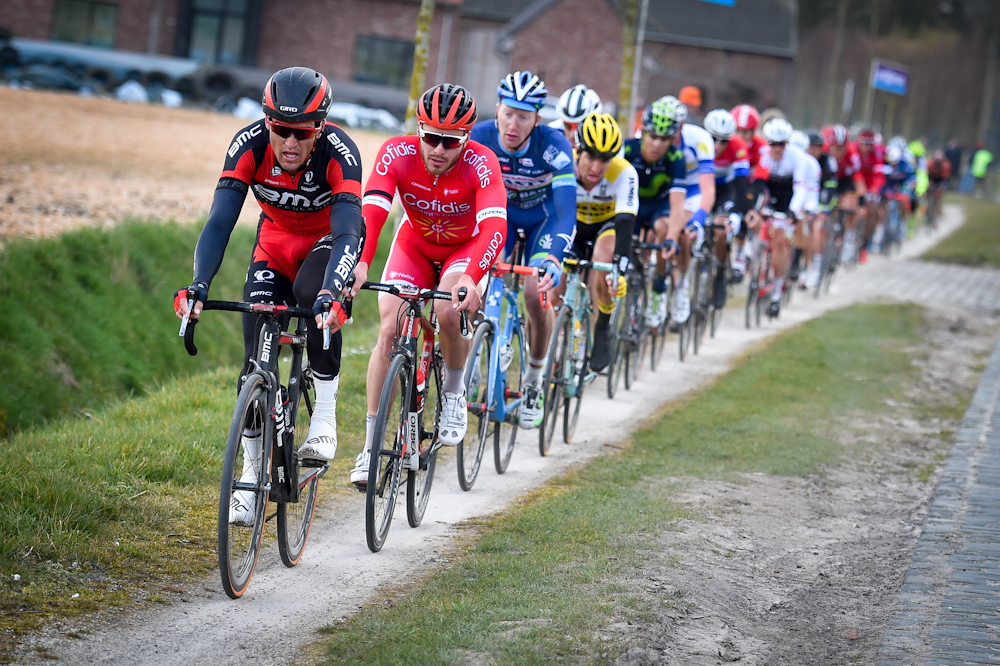
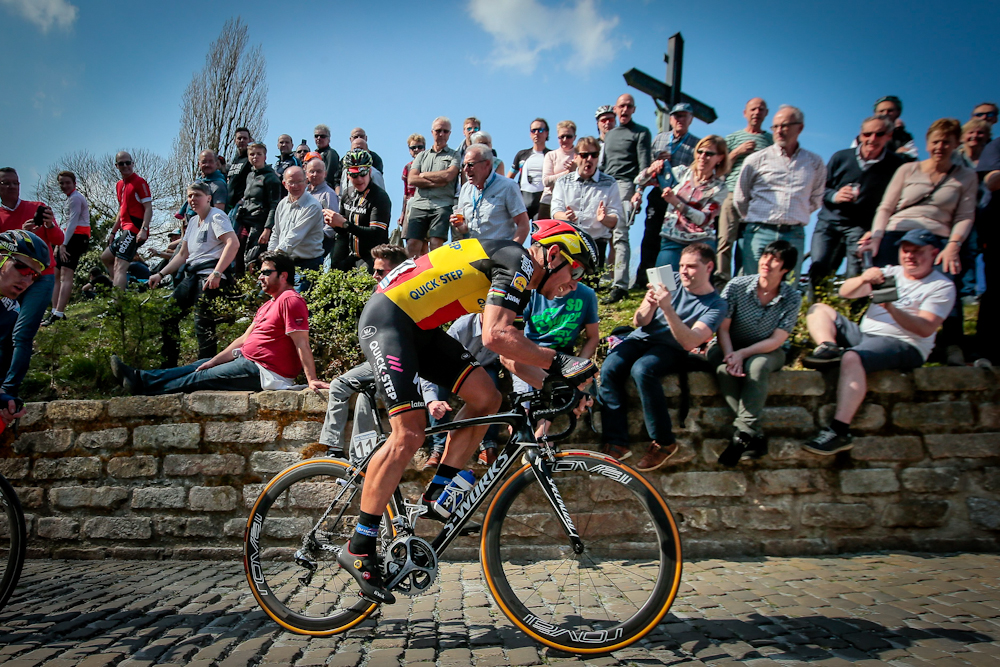
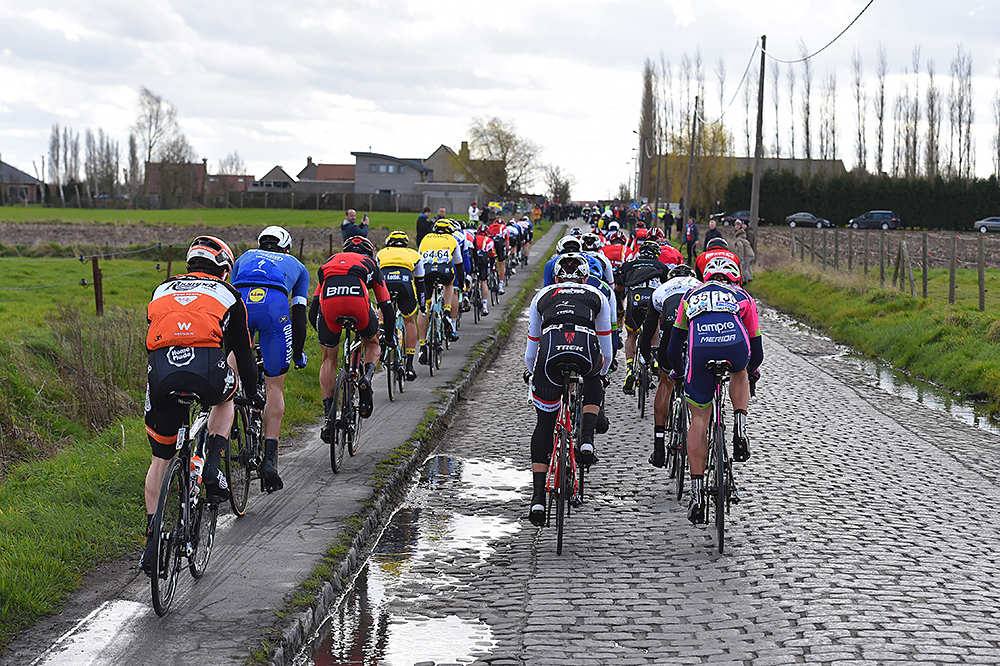
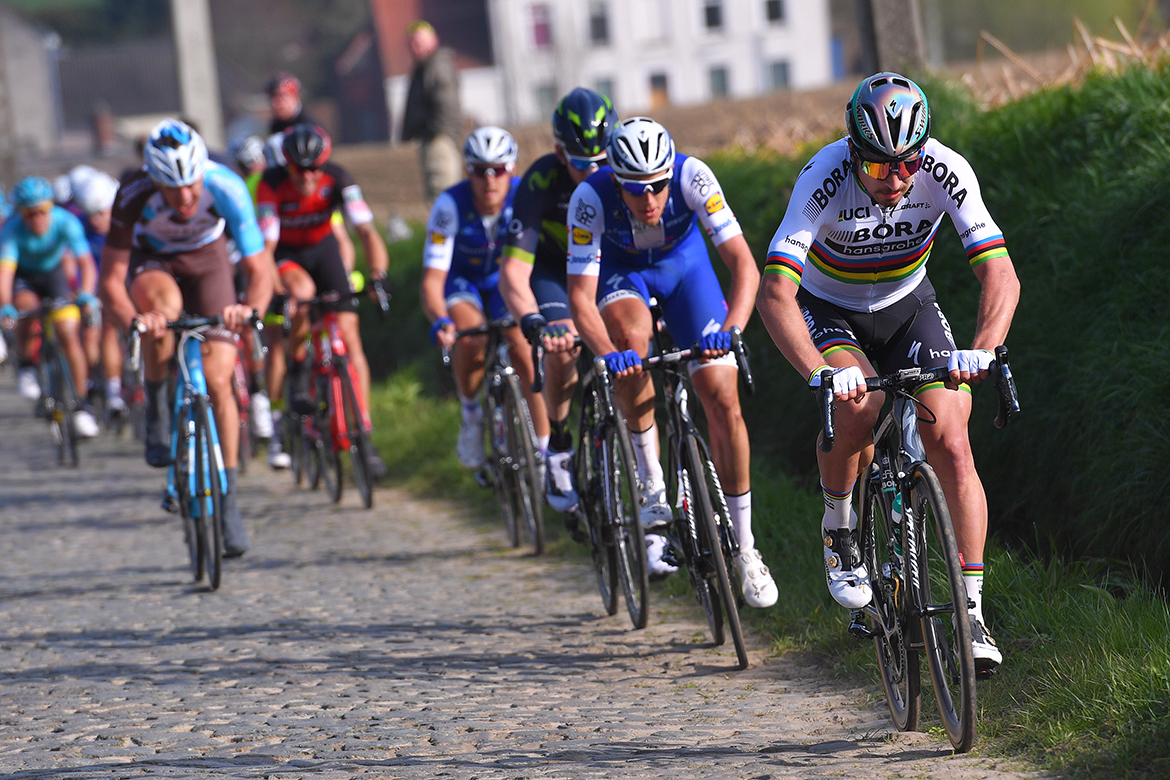
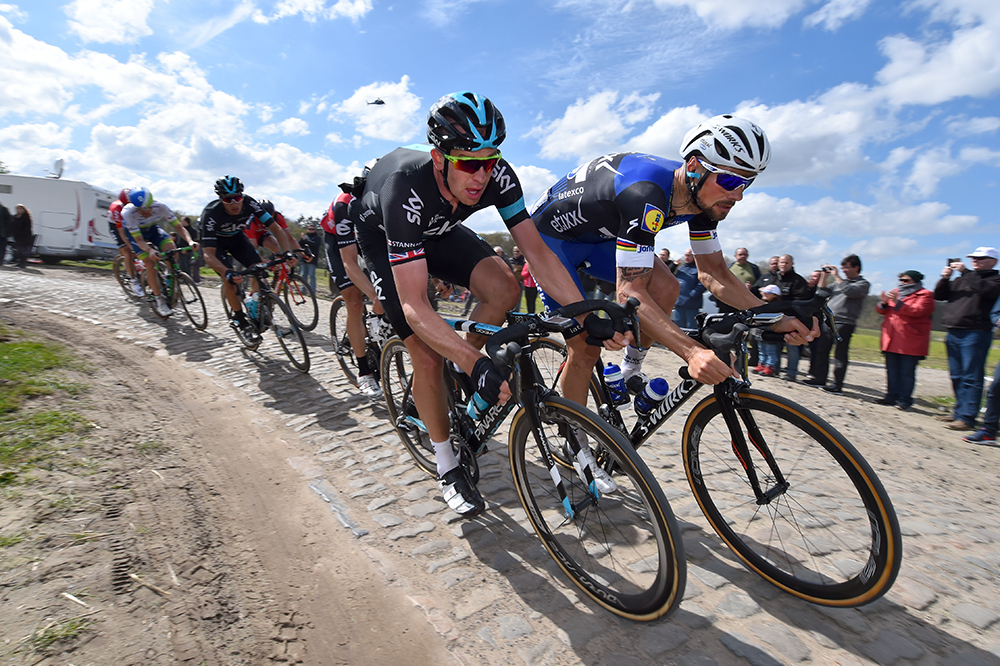
Race officials at Sunday's Tour of Flanders have warned they will adopt a zero tolerance approach to riders using sidewalks and bike paths to sidestep sections of cobblestones, threatening to disqualify anyone who breaks the rule – no matter their stature or palmares.
Speaking to Belgian daily newspaper, Het Laatste Nieuws, Didier Simon, the chief UCI commissaire, said if he sees a rider on a sidewalk “with the intention of gaining even one metre of advantage”, then that rider “will be unceremoniously removed from the race – no discussion”. Meanwhile, Wim Van Herreweghe, Tour of Flanders race director, told Cyclingnews on Thursday that he will call for the UCI commissaires to take “more stringent measures”.
Van Herreweghe and the rest of the race organisation team will sit down with UCI officials and with team directeur sportifs on the eve of the race to confirm and clarify the approach to dealing with an issue that has become increasingly contentious.
The UCI rules state that for major races, “use of sidewalks/pavements, paths or cycle paths that do not form part of the course” will be punishable with a fine of “200 CHF and/or elimination”. That rule was introduced in 2014 but it caused a storm at Omloop Het Nieuwsblad last month as directeur sportif were explicitly warned that there would be a clampdown, yet the lead group of six used a sidewalk while the chasing peloton was prevented from doing so.
The riders in question were fined, as were 15 riders on the opening stage of the Three Days of De Panne on Tuesday, though there is rising discontent over the inconsistency of the application of the rules – with the main peloton at De Panne going unpunished – not to mention a suspicion that organisers and officials are scared to impose the gravest sanction of elimination from the race.
Simon, however, claimed he would have no problem disqualifying anyone, whether it’s a big name or a small one, or whether it would alter the outcome of the race or not.
“It really does not matter – just ask Romain Bardet,” he said, referring to the decision to eject the Frenchman from Paris-Nice, a French race, after he held onto a team car when trying to chase back onto the peloton. “It has all become too dangerous to tolerate. A rethink is imperative."
Get The Leadout Newsletter
The latest race content, interviews, features, reviews and expert buying guides, direct to your inbox!
Indeed, quite apart from wanting riders to actually ride the cobblestones that are such defining features of the races, organisers are concerned for the safety of the spectating public, with Van Herreweghe saying: “Nobody wants to kick riders out but if there’s an incident with the public it’s very serious.”
Team managers want barriers
Cyclingnews has spoken to a number of team directeurs sportifs at the Three Days of De Panne, and a common solution that emerged was the use of barriers to prevent riders from veering off the course.
“There are only two solutions. Either you make it impossible to use it, like putting barriers along the road, or you eliminate them from the race. There’s nothing in between,” said Quick-Step manager Patrick Lefevere, arguing that “the riders will always try to take the shortest way. It’s normal. If they see an opportunity to make it easier for a few hundred metres then they’ll do it.”
Orica-Scott’s Matt Wilson agreed that if officials don’t want riders on the sidewalks they should make it impossible to do so rather than making rules which cannot be enforced.
“My personal opinion is that you either barrier it or you don’t have the rule. A rider is always going to go and try to find that pathway. Once one rider does it then everyone will do it. It doesn’t seem feasible that they will stamp it out with fines or warnings or anything. It’s as simple as you barrier it or you don’t have the rule,” he said.
“Someone is going to take that shortcut if it’s there. People have been racing up here for 100 years and it’s always been that way. I can’t see that culture shifting. If it’s a dangerous section and you know that riders are likely to use it then you need to barrier it. I understand that it’s a big expense and it’s not easy but it seems like the only solution.”
Katusha-Alpecin’s Torsten Schmidt spoke of the dangers to those who come to watch the races by the roadside. “I wouldn’t like to stand there with my kid or my wife when a rider passes at 50km/h just half a metre from my feet,” he said. “We need barriers, and whoever tries to get behind the barriers or flick the system should be disqualified.”
According to Van Herreweghe, as much as 25 per cent of the route is already barriered, with Flanders differing to many other races – not least De Panne – by way of the sheer number of fans that line the route, and the measures required to monitor them.
He argued that, given the impossibility of putting barriers along the full 260 kilometres, it’s the riders who should do what Lefevere and Wilson regard as fanciful, and take personal responsibility for obeying the letter of the law.
“It’s the attitude of the riders – they know the rules and they have to change their attitude,” he said.
Patrick is a freelance sports writer and editor. He’s an NCTJ-accredited journalist with a bachelor’s degree in modern languages (French and Spanish). Patrick worked full-time at Cyclingnews for eight years between 2015 and 2023, latterly as Deputy Editor.
